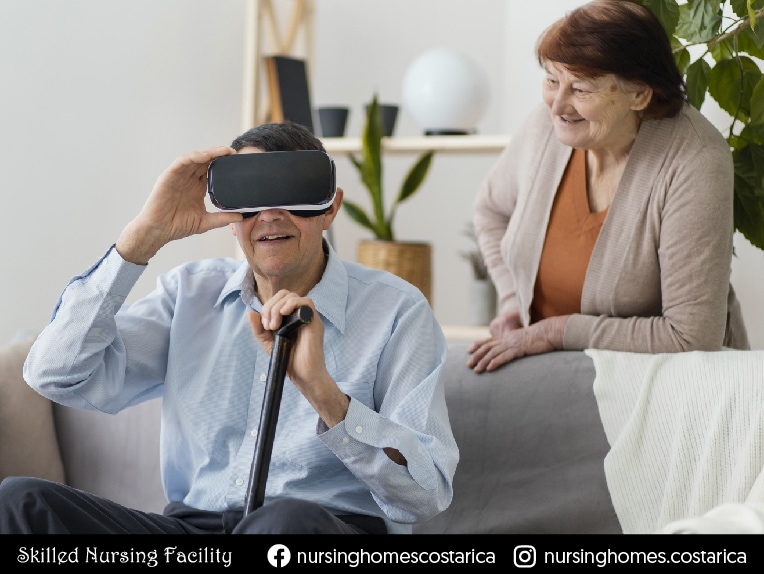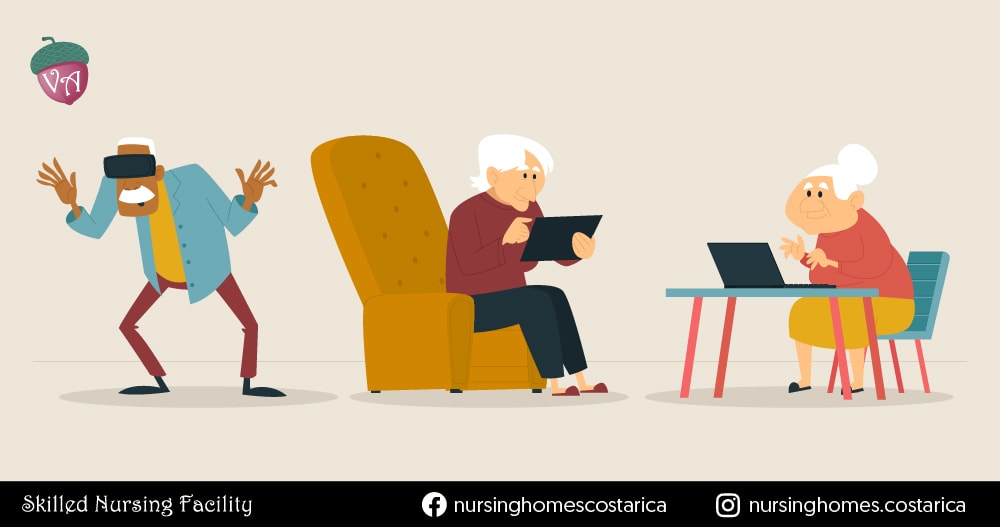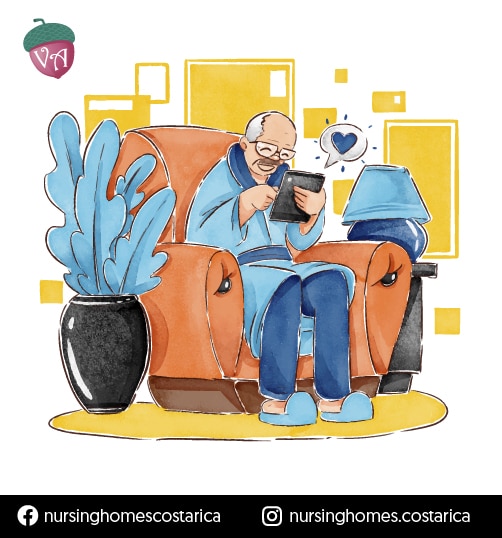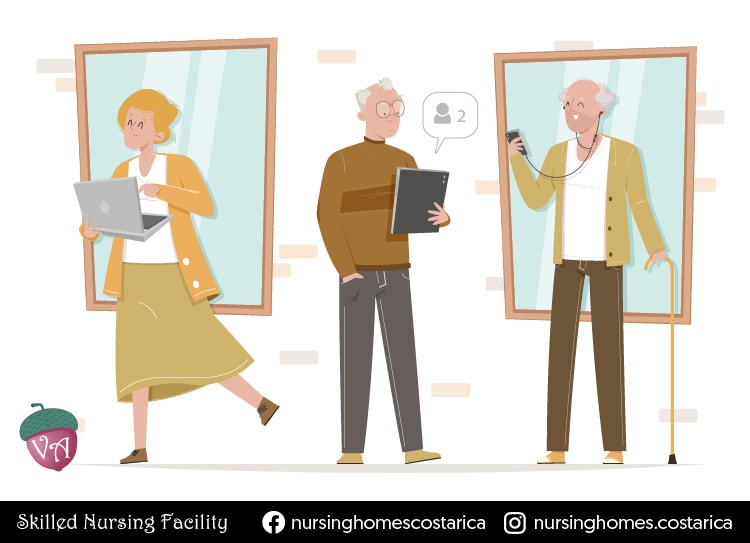
The Transformative Impact of New Technologies on the Elderly
Table Of Contents
In today’s world, the paradigm of aging has undergone a radical transformation thanks to the advent of new technologies. This phenomenon, which previously seemed distant to the universe of the elderly, has acquired significant relevance in our contemporary society. As wisely stated by Cicero, “The elderly cannot do what a young person can do, but what they do, they do better.” This timeless reflection takes on a new dimension in the digital age, where knowledge and experience merge with technological innovations to enhance the quality of life of our seniors.

Digital Inclusion: Breaking Down Generational Barriers
In a context where technology has become deeply ingrained in our daily lives, it is imperative to dispel the fallacy that the elderly are not suited to venture into this realm. However, the main obstacle lies in our lack of willingness to guide our elders in using these tools, revealing a lack of inclusive culture towards this segment of the population.
It is essential to understand that our elderly are, in many cases, technological immigrants with the right to explore and benefit from the advantages of technology. Therefore, society has the responsibility to bridge the generational and technological gap through training and active support.
Enhancing Well-being: The Role of New Technologies
New technologies stand as indispensable allies in improving the quality of life of our seniors. From education to health and communication, these tools offer a range of possibilities to enrich their lives and foster active and fulfilling aging.
Security, responsibility, and purpose emerge as fundamental pillars to enhance the positive impact of technology on the elderly. It is essential to foster an environment conducive to familiarizing the elderly with these tools, ensuring their physical, emotional, and social well-being.

The use of social networks such as Facebook, Twitter, or Skype has allowed many seniors to stay connected with their loved ones and alleviate the scourge of loneliness. Accessibility to information and the ability to communicate instantaneously have transformed the aging experience, providing new opportunities for interaction and learning.
Challenges and Opportunities: The Future of Active Aging
Globally, there is a growing interest in developing technologies tailored to the elderly, aiming to improve their quality of life and promote their overall well-being. However, in places like Costa Rica, there is still an incipient process in implementing gerontechnological solutions, highlighting the need to promote policies and programs that encourage digital inclusion for our seniors.

Empowering Our Seniors: Towards a Culture of Lifelong Learning
Ultimately, the use of new technologies in old age not only contributes to a higher quality of life but also represents an exercise in dignity and autonomy for our elders. As Picasso once said, “When they tell me I’m too old to do something, I try to do it right away.” In this sense, it is imperative to challenge stereotypes and promote a culture of continuous learning and technological adaptation that allows our seniors to fully enjoy their golden years.
Conclusion
The future of active and healthy aging lies in our ability to harness the transformative potential of new technologies and ensure their equitable access for all generations. It is time to recognize and value the crucial role played by our seniors in society and provide them with the necessary tools to live with dignity and fulfillment in the digital age.
